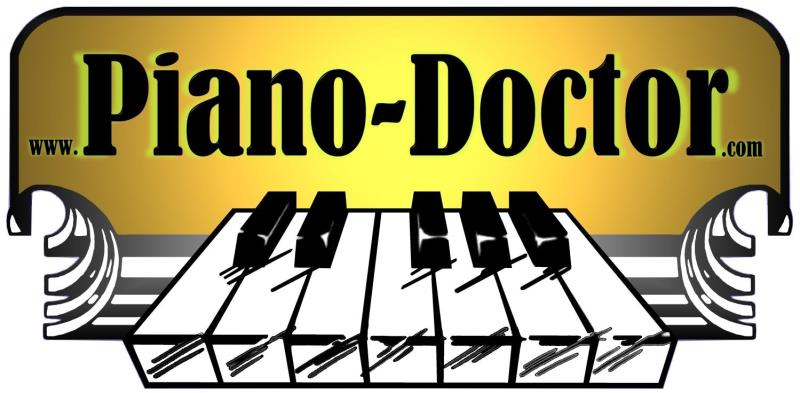THE ORGANIC TUNING, BY EAR, FOR A PERFECT SOUND
I’m Jens Witter, your piano doctor (bearing an actual PhD in Musicology). My passion is bringing harmony to people’s lives. Tuning a piano is a specific process that adjusts the tension of the strings using special tools. The strings must be stretched to a certain point so that they vibrate in harmony with each other according to acoustic laws and customs. Fine tuning requires an assessement of the vibration interaction among notes, which is different for every piano.
Pianos are usually tuned to a modified version of the system called ‘equal temperament’ (Das wohltemperierte Klavier/Johann Sebastian Bach). In all systems of tuning, every pitch may be derived from its relationship to a chosen fixed pitch, which is usually A440 (261.262 Hz). I am tuning by ear and can adjust a sharper discant or flater bass to your preferences or visa versa. Any tuning can be adjusted to accompany other instruments.
It doesn’t matter how modern or sophisticated an electronic tuning device might be, you will hear the difference and you will not be satisfied with a tuning done with an electronic device. If you own a square pianos, or player piano, harpsichord, pump organ, or any other rarity I will be tuning such instruments as well. And yes, they can be tuned, if you own the right tools and know how! In some cases, the tuning might not hold due to the age of the instrument.
Then I will restore your treasure and family heirloom, it most definitely has not to go to the dumps! I am equally excited to work on your regular upright or grand piano – any age, any seize, any brand as long as it is an acoustic keyboard instrument. The average piano has 220 strings. Each string has a different frequency and pitch and must be tuned to the other strings of the piano. These strings determine the sound of your piano. Over time the strings stretch due to tension, temperature and humidity fluctuations, which causes the piano to go out of tune.
In the 1980s, I tuned for the German Central Broadcasting Station in Leipzig (East Germany). From 1990 – 2002, I was the piano tuner for the Royal Courts for His Majesty Prinz Phillip Konstantin zu Hohenlohe-Schillingsfuerst in the castle in Schillingsfuerst. Here in Tucson, I tuned the pianos for the Emphi School District for many, many years. Currently I am tuning and servicing the White House piano from President Calvin Coolidge in Los Angeles. My customers range from professional pianists to piano students at any ages with every walks of life.
Remember, anyone can pick up a tuning hammer and advertise themselves. These are not necessarily experienced or trained piano technicians. It requires knowledge, skill, passion, and attention to details to extract the very best from every piano.
A regular tuning can take up to one hour. Concert tunings can take more than twice the time.
A piano should be tuned once a year. More often depending on demands and hearing. If you tune your piano regularly your piano will be more likely to stay in tune for longer periods of time. It is important for students to play on an instrument that is in tune so they can correctly learn the pitches. It is hard to be motivated to learn to play the piano when you don’t know if you are playing a wrong note or if the piano is just out of tune. If the piano has not been tuned in a long time, the tuner has to raise the pitch of the piano which makes the pitch stay sharp and hopefully cause the piano to stay in tune when the strings naturally stretch over time. One or more follow-up tunings may be required. It will be more expensive and time consuming to get the piano back into tune. The best time to tune your piano is about a month after the season or weather has changed, after the monsoon. Humidity is by far the biggest cause for tuning changes. Moving a piano, even from room to room, will definitely cause it to get out of tune and it will need to be re-tuned after it has acclimatized, about 4 weeks. The piano should be kept away from direct sunlight, open doors and windows, fire places, evaporative cooler vents and such. A humidity control device is highly recommended.
